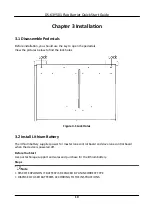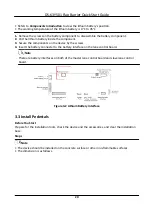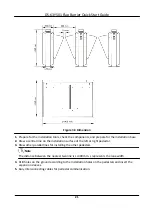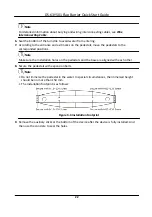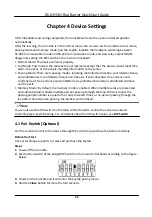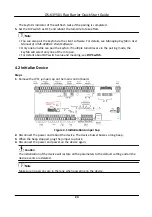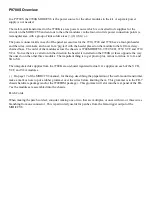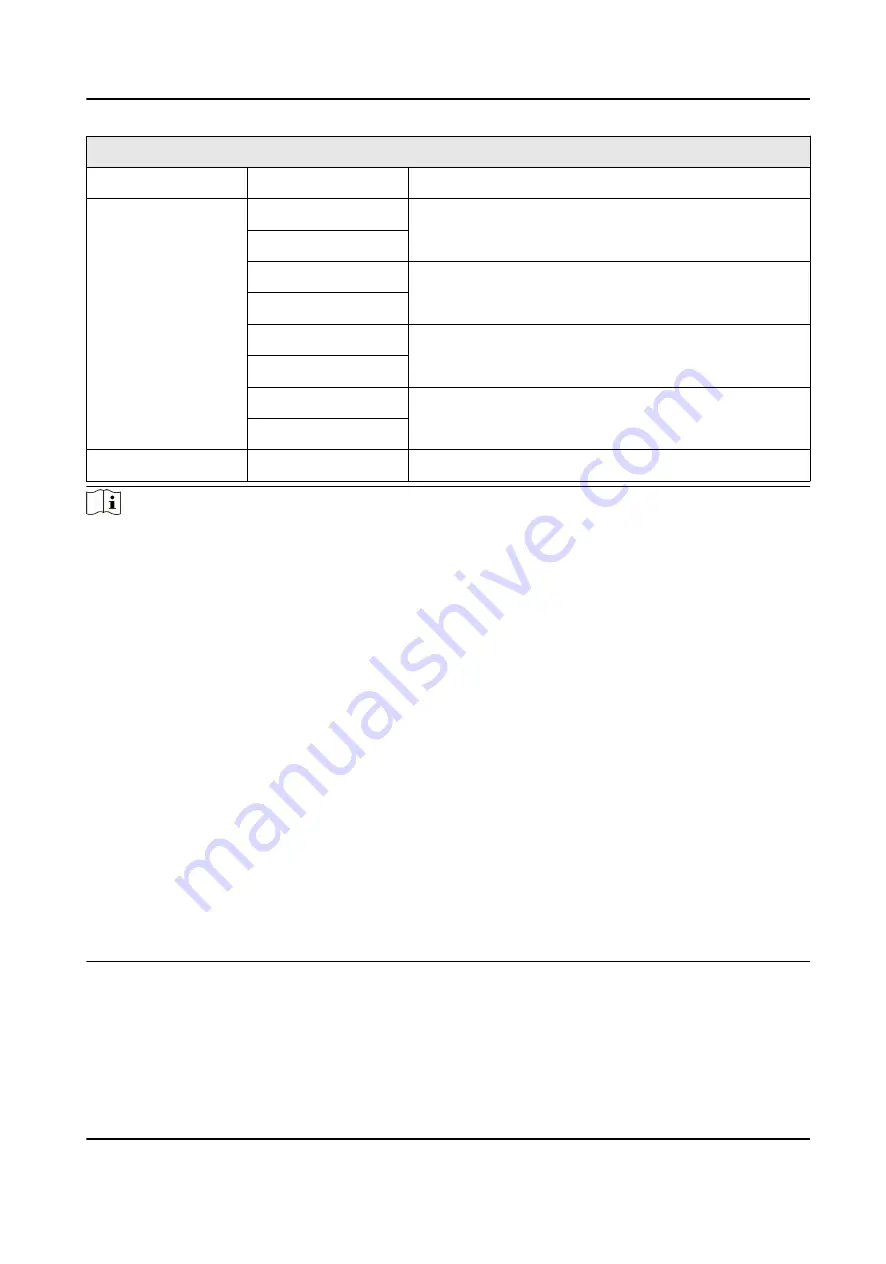
Main Control Board Terminal Description
D2+
Alarm Output
NO/NC1
Alarm Output Relay 1 (Dry Contact)
COM1
NO/NC2
Alarm Output Relay 2 (Dry Contact)
COM2
NO/NC3
Alarm Output Relay 3 (Dry Contact)
COM3
NO/NC4
Alarm Output Relay 4 (Dry Contact)
COM4
Network Interface
LAN
Network Accessing
Note
• The alarm input hardware interface is normally open by default. So only the normally open
signal is allowed. It can be linked to the buzzer of the card reader and access controller, and the
alarm relay output and open door relay output.
• The DIP of RS-485 card ID is set as 1 and 3 by default. 1 is for entering, and 4 is for exiting. If the
user has configured visitor card, you should connect two card readers on the exiting side. Set the
DIP switch of one of the card reader as 4, and set the other one's as 3.
Card Reader 3 should be used together with the card recycler.
Normal users should present card on Card Reader 4, while visitors should present card on Card
Reader 3.
• The Wiegand card reader 1 and 2 refer to the entering and exiting card reader respectively.
• The alarm output supports relay output.
• For any requirements, the door lock can control the door barrier status of the third party. D1
controls the barrier opening for entrance, while D2 controls the door opening for exit. For
details, see Barrier Control Relay Output Mode .
• C3 and C4 in the event input can also be people counting interface. C3 controls people counting
for entrance, while C4 controls people counting for exit. When the main control board detects
signals in C3 and C4, the people number will be accumulated. For detailed information about
people counting and people number, see Configuring People Counting Parameters in User
Manual of iVMS-4200 AC Client Software.
• For detailed information about the DIP switch, see DIP Switch .
DS-K3Y501 Flap Barrier Quick Start Guide
11























